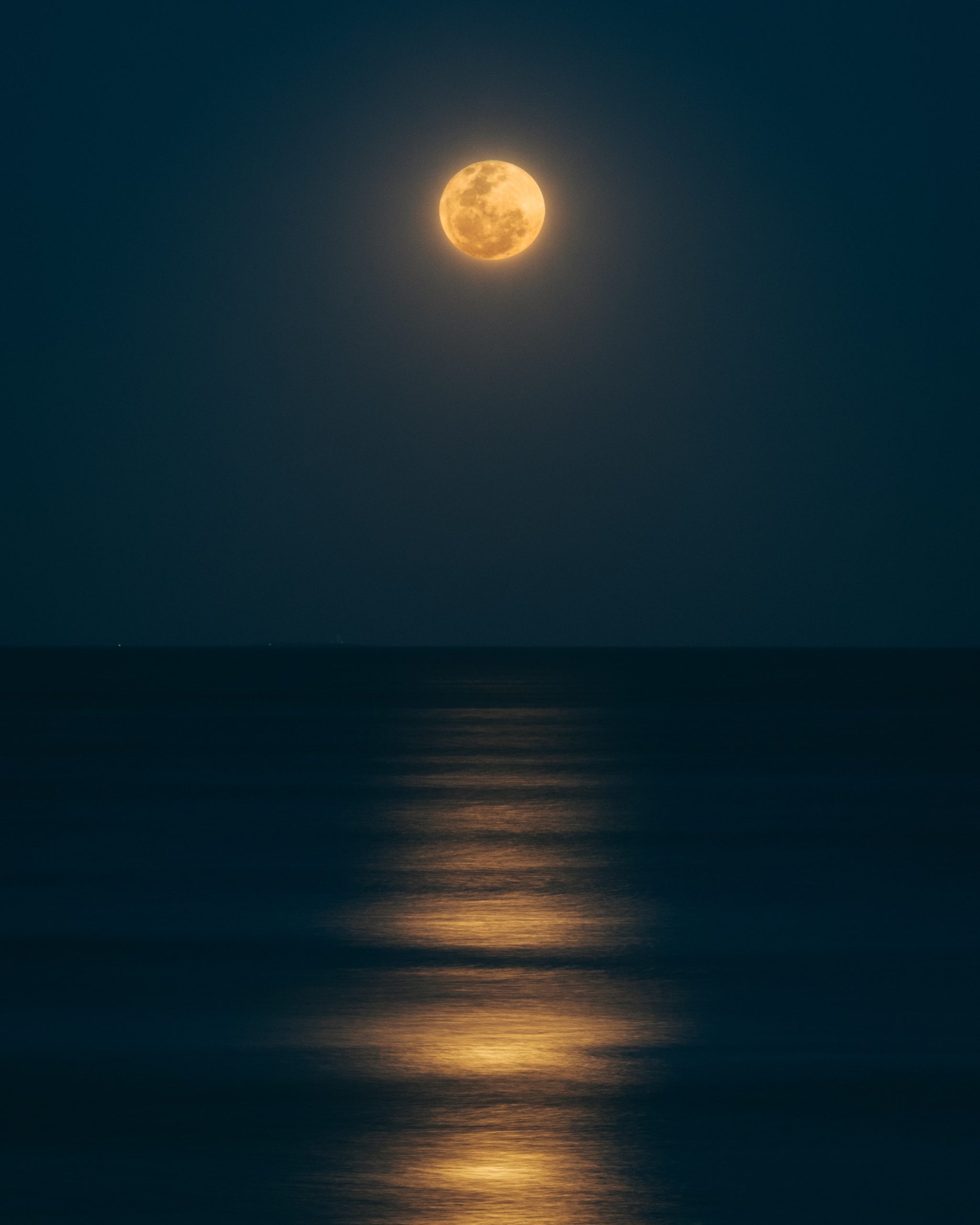How Many Days Does a Lunar Cycle Last?
The lunar cycle, also known as the lunar month or lunar month synodic, is the timeframe it takes for the Moon to complete its full cycle of phases. This cycle has long fascinated and influenced humans throughout history. From aiding in navigation to marking the passage of time, understanding the duration of a lunar cycle has immense practical and cultural significance. In this blog post, we’ll dive into the fascinating world of lunar cycles and explore the answer to the burning question: how many days does a lunar cycle last?
Defining the Lunar Cycle
Before we uncover the exact duration of a lunar cycle, let’s first understand its fundamental components. The lunar cycle comprises four primary phases: new moon, first quarter, full moon, and last quarter. These phases occur due to the relative positions of the Sun, Earth, and Moon.
When the Moon is between the Sun and Earth, we observe the new moon phase. As the Moon moves to a position where it is at a right angle to the Sun and Earth, we reach the first quarter phase. The full moon phase occurs when the Moon is opposite the Sun, whereas the last quarter phase emerges when the Moon is once again at a right angle to the other celestial bodies.
The duration of each lunar phase is roughly 7.4 days, summing up to a total of approximately 29.5 days for an entire lunar cycle. However, this value may vary slightly due to certain factors.
Factors Affecting the Duration
Although a lunar cycle typically lasts 29.5 days, several key factors can influence its actual duration:
- Orbital Eccentricity: The Moon’s orbit around the Earth is not perfectly circular. It is slightly elliptical, which results in variations in its speed throughout the orbit. Consequently, the time taken to complete a cycle can range from 27 to 29.5 days.
- Orbital Inclination: The Moon’s orbit is inclined at approximately 5 degrees to the Earth’s orbit around the Sun. This inclination causes the Moon’s path to deviate from a purely horizontal plane, affecting the time it takes to complete a cycle.
- Gravitational Interactions: The gravitational forces exerted by other celestial bodies, primarily the Sun, can influence the duration of a lunar cycle. These interactions can cause slight variations in the time taken for the Moon to complete its phases.
Due to these factors, the exact length of a lunar cycle can vary slightly, but it typically falls within the range of 29 to 29.5 days.
Measuring the Lunar Cycle
Various methods have been employed throughout history to measure the lunar cycle. Before the advent of modern technology, ancient civilizations used observation and recording techniques to track the Moon’s phases and determine the duration of a lunar cycle.
One such method involved the use of carefully constructed astronomical instruments such as astrolabes, quadrants, and armillary spheres. These tools helped track the positions of celestial bodies and facilitated the measurement of the lunar cycle.
In modern times, advancements in technology have allowed for more accurate measurements. Astronomers and scientists use precise instruments like telescopes, satellites, and lunar probes to study the Moon and deduce the exact duration of its cycle.
The Impact of Lunar Cycles
The lunar cycle has numerous practical and cultural implications. From the earliest civilizations to the present day, humans have relied on the Moon’s phases for various purposes:
- Navigation: Sailors once utilized the Moon’s position in the sky to determine their location at sea. The Moon’s phases aided in calculating longitude and provided important navigational information.
- Agriculture: Lunar cycles have influenced agricultural practices and planting schedules. Farmers traditionally relied on the Moon’s phases to determine the optimal time for planting, fertilizing, and harvesting crops.
- Culture and Religion: Many cultures and religions incorporate lunar calendars into their traditions and rituals. Festivals, celebrations, and religious observances often align with specific lunar phases.
- Research: Scientists continuously explore the Moon’s surface, composition, and geological features. Understanding the duration of a lunar cycle helps in planning and executing research missions.
Given the Moon’s profound impact on various aspects of human life, accurately measuring the duration of a lunar cycle becomes crucial.
Conclusion
So, after careful examination, we can confidently state that a lunar cycle typically lasts around 29.5 days. While various factors can cause slight fluctuations, the average duration remains consistent. Understanding the significance of lunar cycles and their impact on navigation, agriculture, culture, and research enhances our appreciation for the Moon’s powerful influence on our lives.
Next time you gaze up at the night sky and observe the Moon’s changing face, take a moment to reflect on the intricate dance of celestial bodies and the remarkable consistency of the lunar cycle.
Table of Contents
